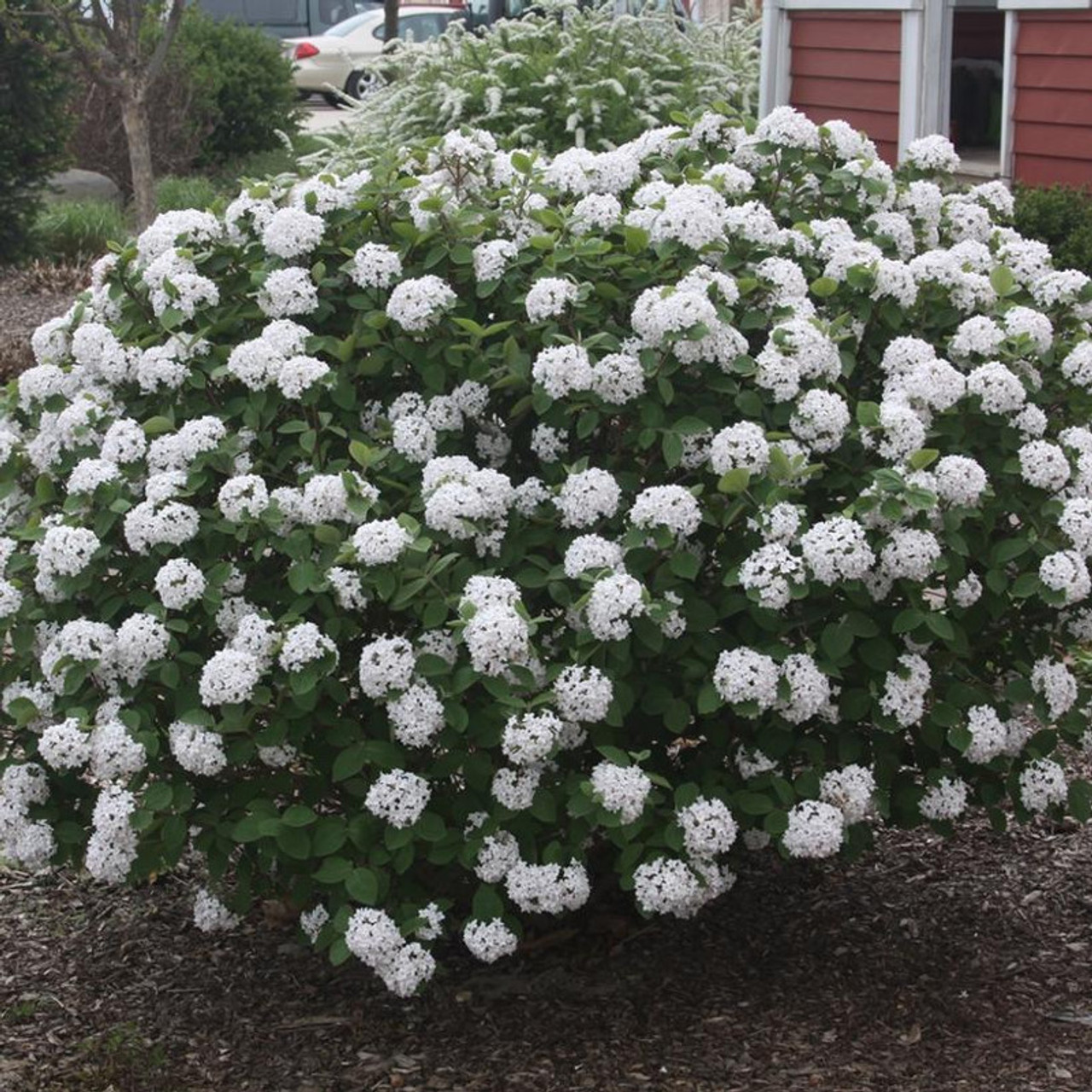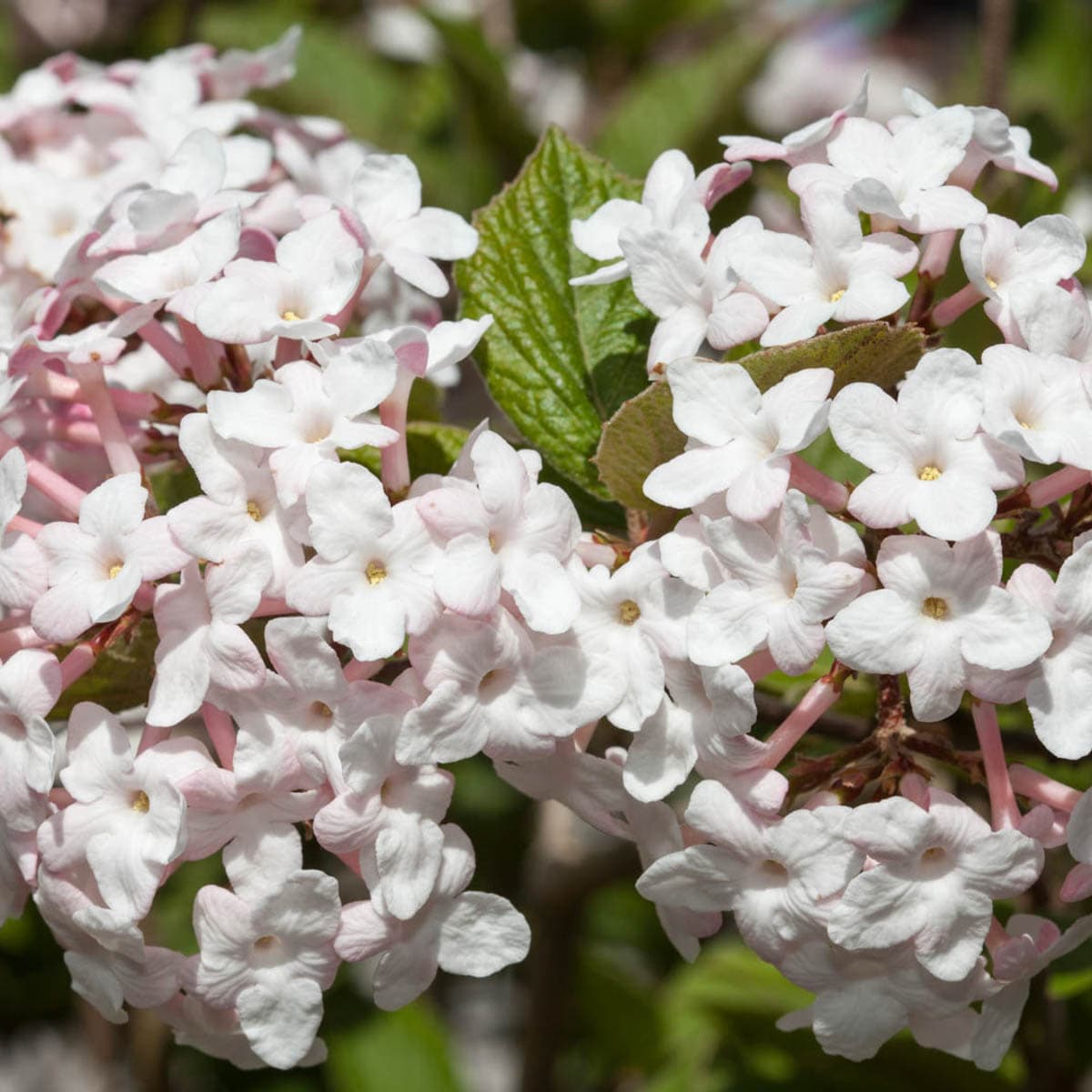Korean Spice Bush: The Lowmaintenance Shrub That Will Spice Up Your Garden
Title: Korean Spice Bush: The Low-Maintenance Shrub That Will Spice Up Your Garden
Introduction:
Are you looking for a low-maintenance shrub that will add beauty and fragrance to your garden? Look no further than the Korean spice bush (Viburnum carlesii). This hardy shrub is native to Asia and is known for its sweet, spicy fragrance, its colorful spring flowers, and its stunning fall foliage.
Main Content:
The Korean spice bush is a slow-growing shrub that typically reaches a height of 4-6 feet. It has a rounded, upright habit and dark green leaves that turn a brilliant red in the fall. The flowers are white or pink and are borne in clusters in the spring. They have a sweet, spicy fragrance that is reminiscent of cloves.
The Korean spice bush is a very versatile plant and can be used in a variety of ways in the garden. It can be planted as a specimen shrub, in shrub borders, or as a hedge. It is also a good choice for containers.
The Korean spice bush is a low-maintenance plant that is easy to care for. It prefers full sun to partial shade and well-drained soil. It is drought-tolerant once established and does not require a lot of fertilizer.
The Korean spice bush is a relatively pest- and disease-free plant. However, it may be susceptible to aphids and scale insects. These pests can be controlled with insecticidal soap or neem oil.
Conclusion:
The Korean spice bush is a beautiful and fragrant shrub that is perfect for any garden. It is low-maintenance and easy to care for, making it a great choice for busy gardeners. If you are looking for a shrub that will add color, fragrance, and interest to your garden, the Korean spice bush is a great option.
If you're interested in learning more about Korean spice bush, I recommend visiting Home Gardening. This website has a wealth of information about the plant, including its history, cultivation, and uses. You can also find photos and videos of the plant, as well as a forum where you can ask questions and connect with other enthusiasts.
FAQ of korean spice bush
- What is a Korean spice bush?
A Korean spice bush (Viburnum carlesii) is a small, deciduous shrub that is native to Korea and China. It is known for its fragrant, white flowers that bloom in spring, and its red, berry-like fruits that ripen in fall. Korean spice bush is a hardy plant that can tolerate a wide range of conditions, making it a popular choice for landscaping.
- How do I care for a Korean spice bush?
Korean spice bush is a relatively easy plant to care for. It prefers full sun to partial shade, and moist, well-drained soil. It is drought-tolerant, but will benefit from regular watering during the summer months. Korean spice bush does not require much pruning, but you can remove any dead or diseased branches in spring.
- What are the benefits of having a Korean spice bush?
Korean spice bush has a number of benefits, including:
It is a beautiful and fragrant plant that can add interest to your landscape.
It is a hardy plant that can tolerate a wide range of conditions.
It is a low-maintenance plant that does not require a lot of care.
The flowers and fruits of Korean spice bush can be used in cooking and making tea.
What are some common problems with Korean spice bush?
The most common problems with Korean spice bush are:
Powdery mildew: This fungal disease can cause white, powdery spots to appear on the leaves of the plant. It is most common in humid conditions.
Aphids: These small insects can suck the sap from the leaves of the plant, causing them to wilt and yellow.
Scale insects: These small, hard-shelled insects can attach themselves to the branches and leaves of the plant, sucking the sap.
How can I prevent problems with my Korean spice bush?
There are a number of things you can do to prevent problems with your Korean spice bush, including:
- Plant the shrub in a location that gets full sun to partial shade.
- Water the plant regularly during the summer months.
- Mulch around the base of the plant to help retain moisture and suppress weeds.
- Inspect the plant regularly for signs of pests or diseases.
Image of korean spice bush
- Image 1: A close-up of a Korean spice bush in full bloom. The flowers are a delicate pink color and have a strong, spicy fragrance.

- Image 2: A mature Korean spice bush with a spreading, multi-stemmed growth habit. The leaves are a dark green color and have a slightly serrated edge.

- Image 3: A Korean spice bush in fall. The leaves have turned a beautiful shades of red, orange, and yellow.
- Image 4: A Korean spice bush in winter. The leaves have fallen off, but the stems are still green and the plant is still attractive.

- Image 5: A Korean spice bush in a garden setting. The bush is surrounded by other flowering shrubs and trees, creating a colorful and fragrant display.

- Image 6: A Korean spice bush in a pot. The bush is a great choice for container gardening, as it can be easily moved indoors during the winter.

- Image 7: A Korean spice bush in a hedgerow. The bush can be used to create a formal or informal hedgerow, providing privacy and screening.

- Image 8: A Korean spice bush as a backdrop for a flower bed. The bush's dark green leaves provide a perfect backdrop for colorful flowers.

- Image 9: A Korean spice bush as a specimen plant. The bush can be used as a focal point in a garden, its fragrant flowers attracting attention.

- Image 10: A Korean spice bush in a woodland setting. The bush's tolerance of shade makes it a good choice for planting in a woodland garden.


Post a Comment for "Korean Spice Bush: The Lowmaintenance Shrub That Will Spice Up Your Garden"